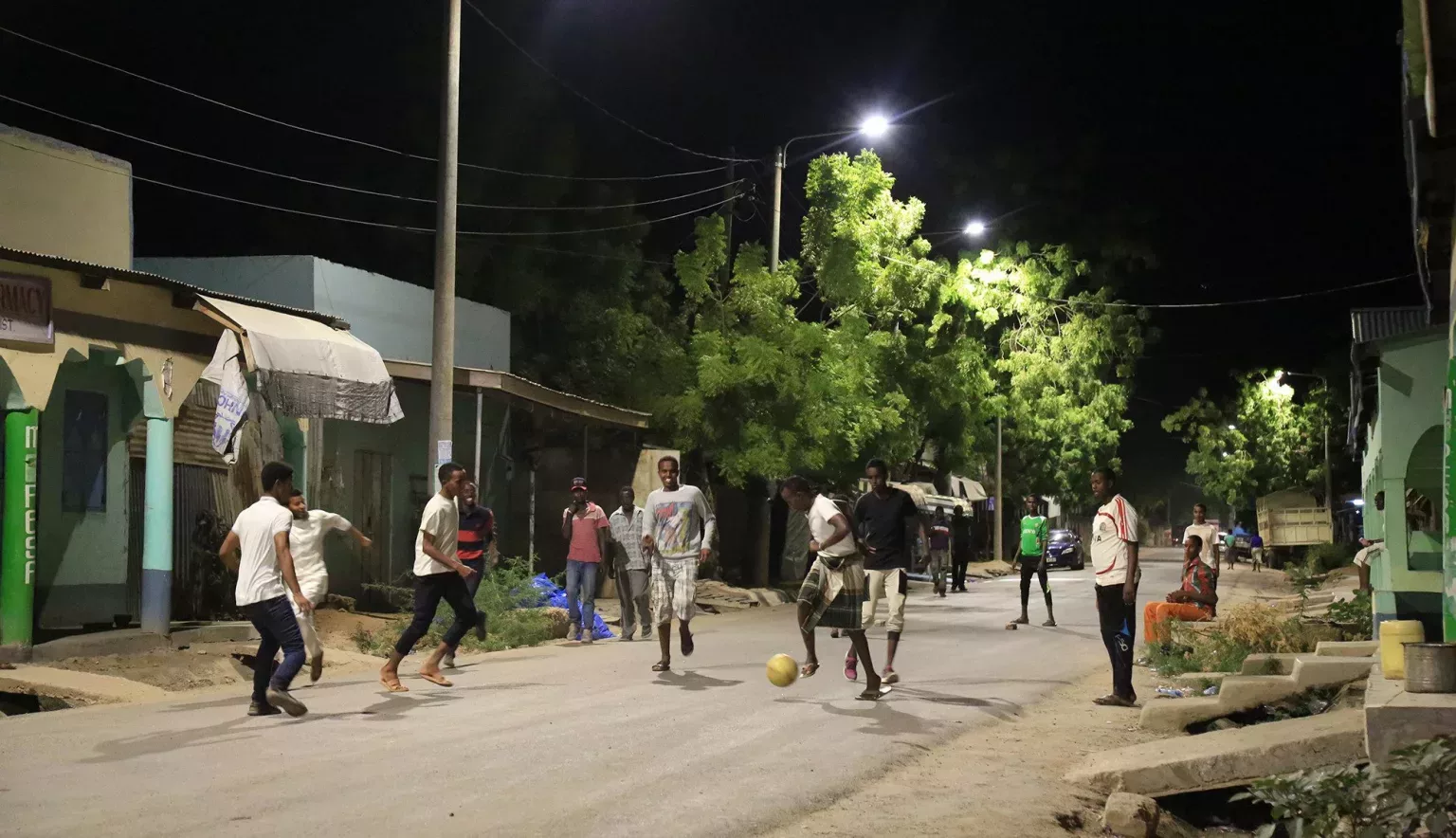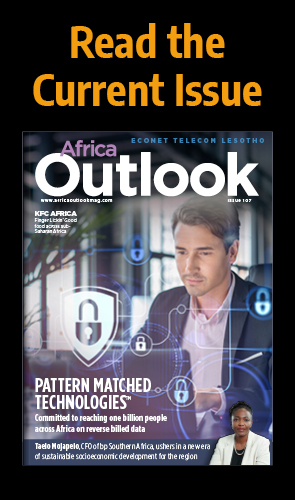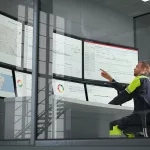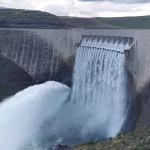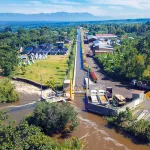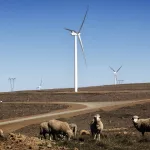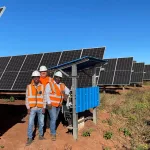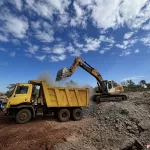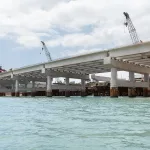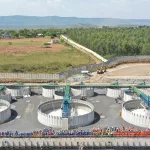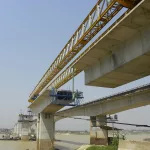Through a series of dedicated entities, Kenya Power is completing a number of projects geared towards connecting more consumers and businesses to vital power resources.
KENYA’S CRITICAL CONNECTOR
“I wanted to become an engineer since my childhood because I believed it would offer me an opportunity to provide solutions that improve the lives of others.
“By working for Kenya Power for more than three decades and contributing to the country’s energy sector as an electrical engineer for many years, I believe I have achieved this.”
Jared Othieno is passionate about power.
Now serving as Managing Director and CEO of the national electricity distribution firm, he is determined to build on its near 100-year history, driving forward projects which will continue to catalyse industrial development across Kenya.
In 1922 Kenya Power was established with a simple mandate to manage generation, transmission and distribution of the nation’s electricity.
Indeed, for Othieno, the company’s greatest achievement to date has been succeeding in what he calls the unbundling of the sector, resulting in dedicated entities responsible for each of the aforementioned functions.
Kenya Electricity Generating Company (KenGen), Geothermal Development Company (GDC) and Kenya Nuclear Electricity Board (KNEB) fall under the generation umbrella of the business, with Kenya Electricity Transmission Company (Ketraco) handling transmission while Kenya Power and Rural Electrification Authority (REA) fulfil distribution remits.
These units combine to own and operate most of the electricity system in the country, selling to more than seven million households with a commitment to provide cost-effective, reliable and quality power to better people’s lives.
POWERING VISION 2030
This is also the aim of the Kenyan government’s Vision 2030.
A framework designed to transform Kenya into a newly industrialising, middle-income country that provides a high quality of life to all its citizens, it is clear how important the role of accessing reliable power will be in delivering this ambition.
Central to this is the Kenya Electricity System Improvement Project (KESIP), a scheme created in response to frequent power outages and faults within the supply system.
“The strategy proposed through KESIP is to boost power supply by increasing and improving infrastructure through the generation of external funds,” Othieno explains. “This will be achieved by the installation of new and improvement of existing supply infrastructure.”
Such work includes putting in place additional feeders in existing substations, construction of new substations and associated lines, installation of additional low voltage lines to boost power supply among customers, and the installation of additional transformers. Distribution infrastructure shall also be considered in the project.
“The Last Mile Connectivity Project is another important development,” adds Othieno.
“We want to attain a universal access rate by 2020 and are currently in the third phase of implementation. The first and second phases have been funded by the African Development Bank and are targeted to connect 628,400 households to the grid.
“The third phase is funded by the World Bank and will connect 200,000 households and add 1,000 new transformers to the network. The fourth phase is to be financed by the French Development Agency (AFD), European Union and European Investment Bank.”
Another project centres around a goal to install lanterns and floodlights in public areas across all 47 counties to support a 24-hour economy, while additional initiatives have been launched in response to other challenges encountered by Kenya’s electricity sector.
For example, a major problem has been commercial losses resulting from vandalism and theft of electricity. To help tackle the issue, Kenya Power is working to enhance surveillance and engaging with the country’s judiciary to ensure tougher penalties are imposed on offenders.
Ageing infrastructure is also an obstacle and leads to inevitable technical losses, something which the company is addressing through investing in new substations and distribution lines. This is backed up by the Boresha Umeme programme that involves strengthening distribution networks by replacing broken and rotten poles.
EMBRACING TECHNOLOGY
The replacement of old infrastructure ties in with Kenya Power’s strategic adoption of new technologies.
“Last year the utility migrated to an integrated customer management system (InCMS), a more versatile customer service system compatible with mobile and web-based self-service modules that enhance customers’ access to services,” says Othieno.
“InCMS replaced the previous system that had been in use for 20 years and is able to invoke massive data uploads, provide new mobility tools for technical and commercial purposes, and enable social media adaptability.”
Another useful data tool adopted by Kenya Power is a supervisory control and data acquisition (SCADA) system, which assists in the automation of system dispatch, management and maintenance of the transmission network. On the customer side, smart meters are providing extra convenience while also helping the company safeguard against power losses.
“Further, we are working on automating the distribution system to enable monitoring, coordination and operation in real time,” continues Othieno. “Project implementation is ongoing and has been completed in Nairobi and coastal regions.”
This continual investment in technology and modernisation of Kenya’s electricity network will serve to attract important investment into the country.
Othieno in particular highlights the impact this will have on opening up rural regions to development in the form of value-add and manufacturing activities.
“Modern communication and data services are going to be vital,” he adds. “The internet and free movement of people and goods across markets will make it possible for investors to put up manufacturing facilities across the country and create employment.”
A SUSTAINABLE FUTURE
In terms of Kenya’s energy mix, the ongoing modernisation work will only serve to facilitate an even greater uptake of renewables.
The country is already a leader in this regard, in that 70 percent of its installed capacity derives from non-finite sources like hydro and geothermal, more than three times the global average.
By 2020, President Uhuru Kenyatta wants this figure to reach 100 percent, and Othieno points to the new Energy Act as an important piece of legislation which can encourage further investment in renewable energy.
“Renewable energy sources, specifically hydro and geothermal, rank as the cheapest sources of power within the dispatch merit order and as such help reduce the cost of power,” he says. “Geothermal resources are very stable energy sources and are mainly used as baseload capacity. They therefore offer the much-needed reliability of power in the country.”
The MD and CEO goes on to highlight four key priorities for Kenya Power for the rest of 2019 and onwards, the first being to improve employee productivity. Other major objectives include improving service delivery and ensuring the business is grown sustainably.
The most important, however, is the continuing provision of quality and reliable power, something which Othieno is confident about achieving.
“Kenya has adequate generation capacity and is projected to have enough reserves in the long term composed mainly of clean, renewable energy. This will, crucially, help reduce the cost of electricity in our country,” he concludes.

